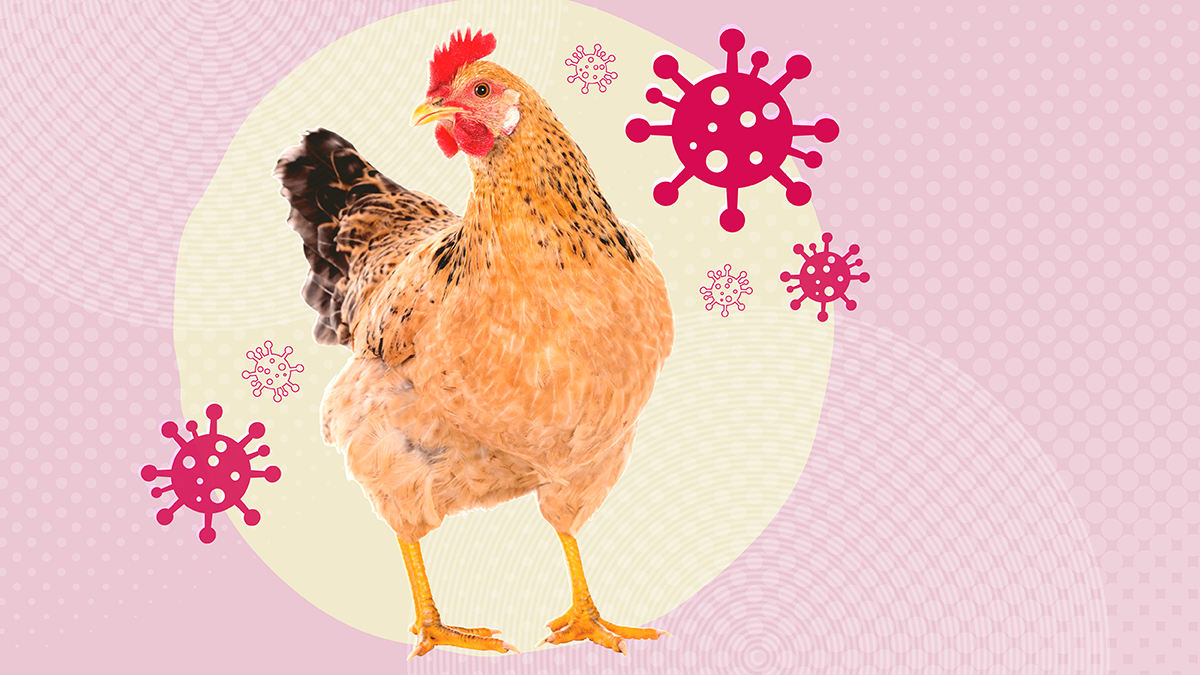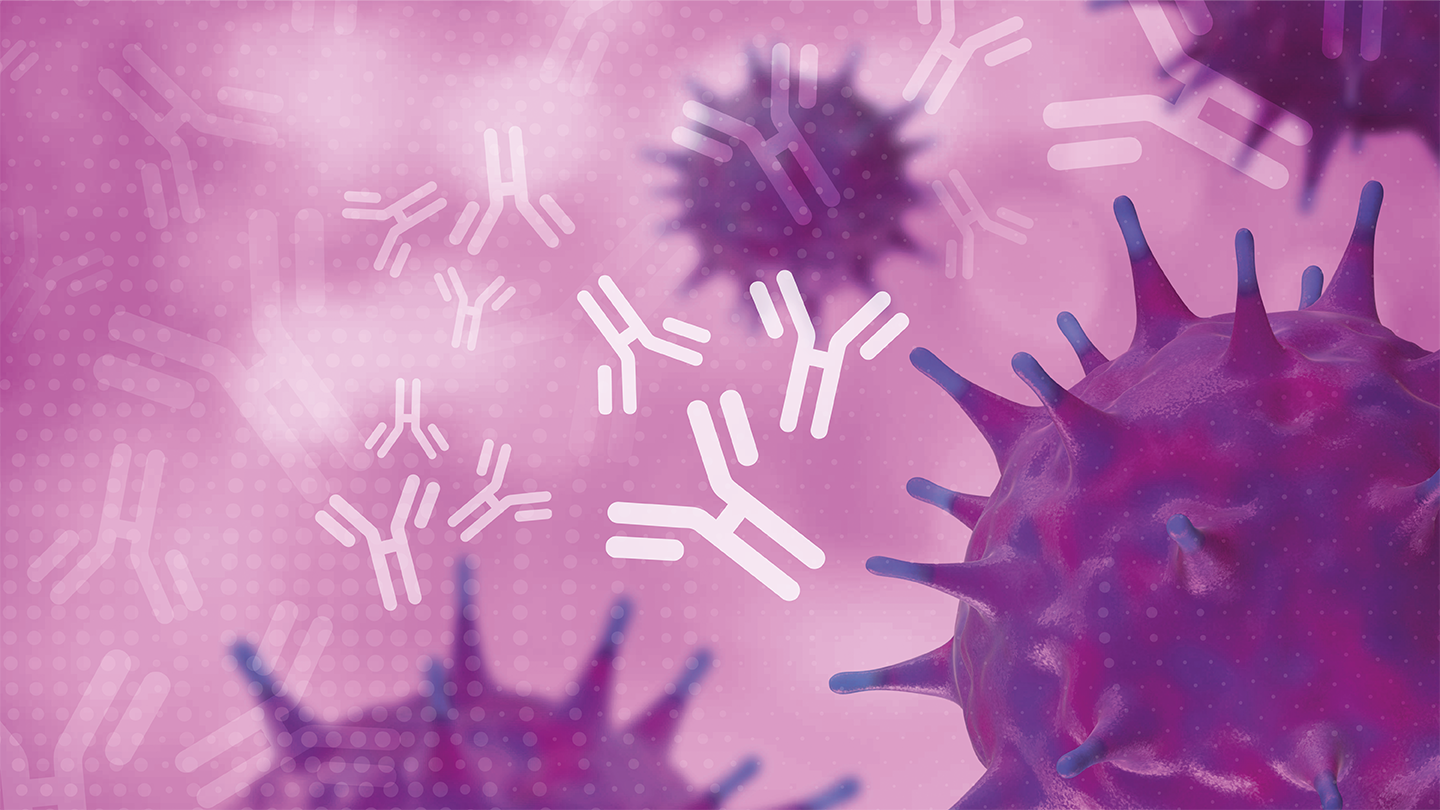Mercurial Movements
Research suggests the threat of avian H3N8 viral transmission to humans is closer than previously imagined
In March 2023, the World Health Organization confirmed an additional case of human infection from a subtype of avian influenza virus – H3N8 (1), which is prevalent in birds, horses, and dogs. Although there have now been three human cases since April 2022, our understanding of how H3N8 jumps from animals to humans is limited. Now, recent discoveries by researchers in the UK and China suggest that H3N8 may be going through mutational changes that increase its spillover chances (2).
“We demonstrate that an avian H3N8 virus, isolated from a patient with severe pneumonia replicated efficiently in human bronchial and lung epithelial cells, was extremely harmful in its effects in laboratory mammalian hosts and could be passed on through respiratory droplets,” said study co-author Kin-Chow Chang in a press release (3). “Importantly, we discovered that the virus had acquired human receptor binding preference and amino acid substitution PB2-E627K, which are necessary for airborne transmission.”
The results also showed that, even when humans were vaccinated against human H3N2, they lacked an immune reaction against newly emerging mammalian-adapted H3N8 avian influenza. The researchers suggest that this puts the human population in a vulnerable position for a potential future epidemic.
To cause a sustained epidemic though, the virus must be able to transmit between humans – which may not be possible in its current state. A study on the first two human cases of H3N8 in China demonstrated that novel H3N8 had limited replication in explant cultures of human lung and bronchial tissue (4), indicating limited efficiency in human-to-human transmission.
Given our current gap in understanding, researchers will be keen to further explore H3N8’s potential for mammal-to-human transmission and, once transmitted, its activity in human tissue.
References
World Health Organization, “Avian Influenza A(H3N8) - China,” (2023). Available at: bit.ly/3ZL0MEI.
H Sun et al., “Airborne transmission of human-isolated avian H3N8 influenza virus between ferrets,” Cell, 186, 4074 (2023). PMID: 37669665.
University of Nottingham, “Bird flu is undergoing changes that could increase the risk of widespread human transmission” (2023). Available at: bit.ly/3rByOyu.
Centers for Disease Control and Prevention, “Replication of Novel Zoonotic-Like Influenza A(H3N8) Virus in Ex Vivo Human Bronchus and Lung” (2023). Available at: bit.ly/3RGuvfO.





